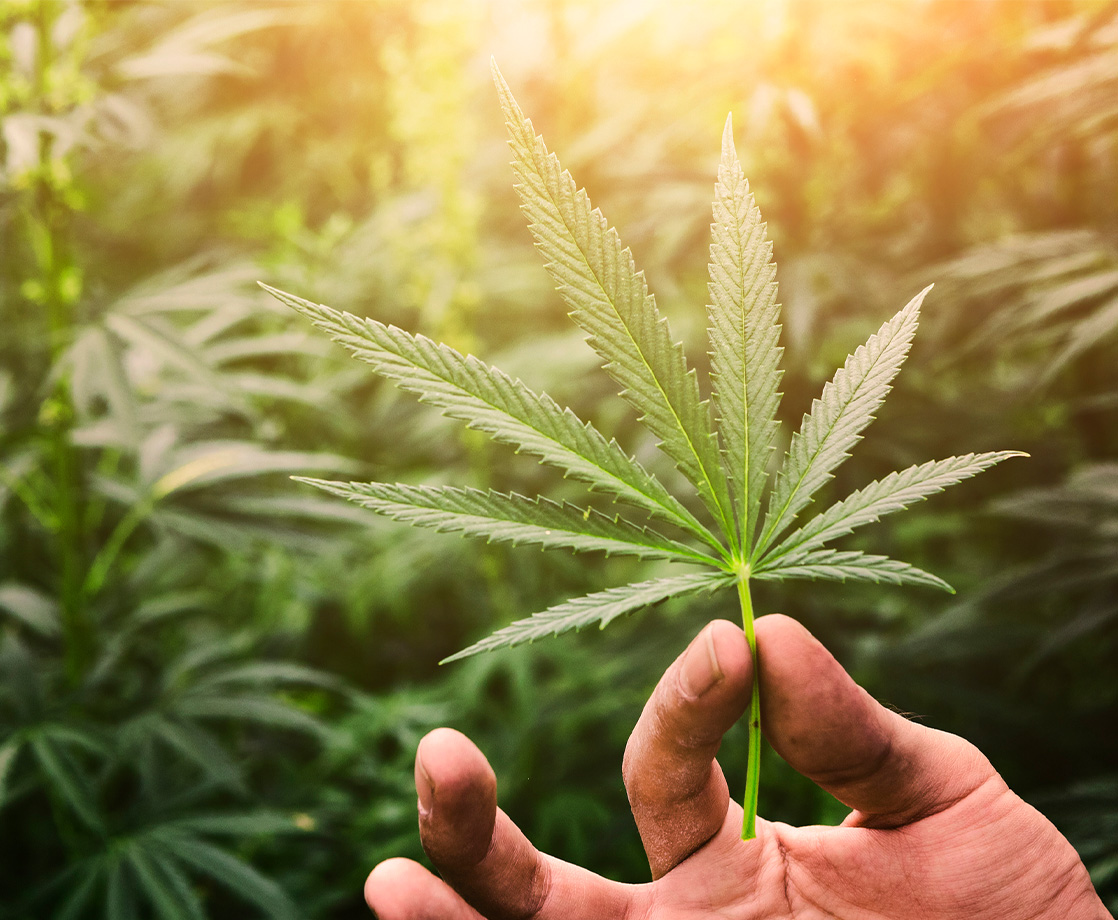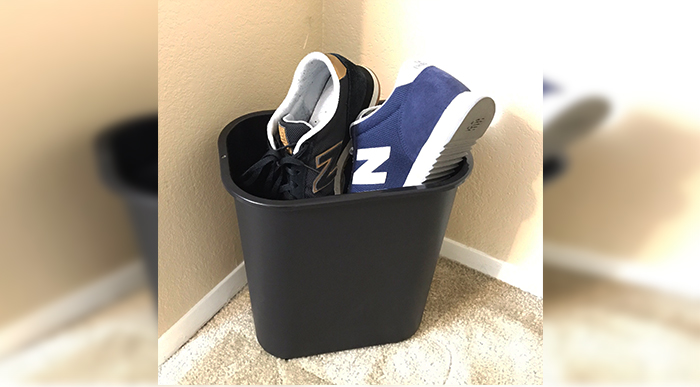On Tuesday, millions of primary voters in states across the country participated in the most orgiastic of our primary season’s many stops along the road to the party conventions. Both democrats and republicans took to the polls today in Alabama, Arkansas, Georgia, Massachusetts, Minnesota, Oklahoma, Tennessee, Texas, Vermont and Virginia along with single-party contests in Alaska, Colorado and American Samoa.
As citizens of those states made their choices as to who they’d like to see represent their parties in the general election, poll fever stood poised to take over the nation. It’s a condition unlikely to abate before mid-November, when this reporter will be either breathing a sigh of relief or packing his bags for a long trip North, so as an early inoculation against the fever, we compiled all the pertinent poll information for MJ readers about each state and territory that voted on Super Tuesday.
Before Tuesday’s contest, Donald Trump was favored to win the Republican primary in the Yellowhammer State of Alabama, with polls giving him 42% of the vote compared to 19% for Marco Rubio and 16% for Ted Cruz. On the Democratic side, Hillary Clinton held a commanding lead over Bernie Sanders, with 71% of democrats expected to vote for her.
The lack of support for prohibitionist candidates is surprising among Alabama republicans, but Sanders’s poor showing is hardly a shock. The Southern democrat base includes more than a few African-Americans for whom the Clinton name is gold and Bernie Sanders has yet to prove himself in the way that Hillary has.
In Arkansas, where the Clinton's enjoy a similar “Remember the Good Old Days of Budget Surpluses?” charm, Hillary was favored by 19%, but on the Republican side Ted Cruz seemed to have built a five point lead over Donald Trump. In Georgia exit polls Tuesday, Donald Trump and Hillary Clinton were expected to dominate by 36% and 63% respectively, and in Sander’s do-or-die state of Massachusetts Hillary held a 6.7% lead while Trump was ahead by nearly 30% over the field.
Minnesota was solidly for Clinton on the democratic side (to the tune of 34%) but the Republican side seemed to be wide open, with a lot of undecideds or no one willing to admit Trump affinities. Oklahoma seemed entirely fed up with establishment candidates and had Trump leading by 12% and Sanders with a 5% lead over Clinton.
In Tennessee, Trump was ahead by 18% and Clinton had a commanding 26% lead. Meanwhile, in Ted Cruz’s home state of Texas, the senator had a nine point lead over the billionaire, and Hillary Clinton was closing in on a 30% lead over Sanders.
In Sander’s home state of Vermont, he was expected to run away with more than 80% of the vote while Donald Trump was expected to have 33% of the republican vote. In Virginia, Trump was up by 14.5% while Clinton was favored by nearly 20%. In Colorado, republicans chose to cancel their traditional straw poll, throwing a wrench into the political process in a state where Bernie Sanders held a narrow lead. Alaska’s caucus and its delegates were wide open, and in American Samoa’s democratic caucus, Hillary Clinton is poised to repeat her 2008 win.
Were these polls accurate? Sometimes. Does that matter? Not even a little. In order to sustain the kind of protracted floating craps game that is our primary season, it is more than necessary to keep a steady flow of numbers assuring everyone that democracy is hard at work. As the 24-hour news cycle gobbles up each miniscule change in the numbers, we learn less about the candidates and their views and more about how we are expected to act.
After Super Tuesday, cannabis’s place in the 2016 election is no clearer than it was Monday evening, as each party’s wild cards and establishment politicians are still all in play.











